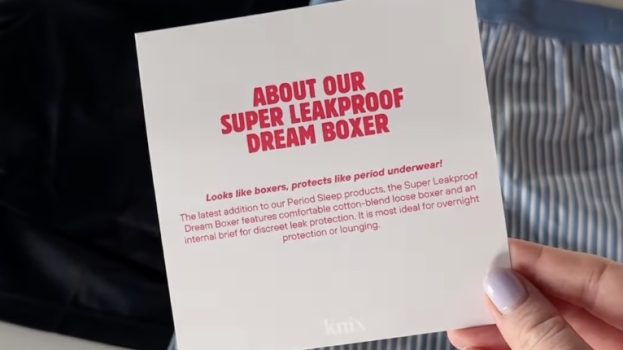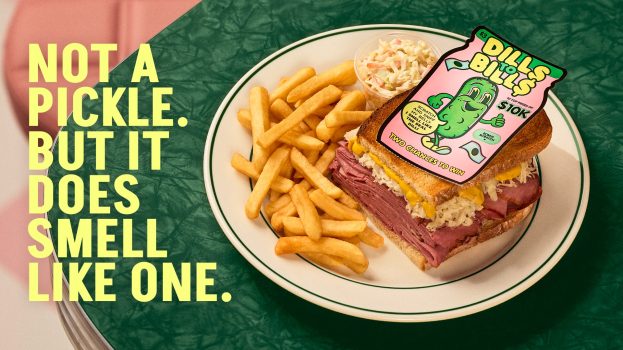Even though I’ve had fewer things to fill my spare time lately, I’ve been trying to stay off my phone as much as possible when I’m not working. But this weekend was hard.
It was hard to look away from the images of thousands of people in dozens of cities protesting against racism in policing and the use of excessive force. On-the-ground accounts and videos showed police meeting these protests with more violence, using shields, fists and rubber bullets that can be deadly and maim at short distances. They launched tear gas that aggravates the lungs in the midst of a global pandemic of a respiratory virus.
To anyone that thought this was just an “American problem,” people in Toronto had that illusion dispelled following the death of Regis Korchinski-Paquet, a case that is currently under investigation by the SIU amid questions by her family about police involvement. A protest over the weekend in Toronto happened without the violence, but the same could not be said for one in Montreal.
But perhaps because of the industry I cover, another genre of posts stood out to me: the brands posting messages of support. Or, more specifically, the response to them.
Amazon was a big one. People responded to the company’s message saying that the “inequitable and brutal treatment of Black people in our community must stop” by reminding them that they have been testing facial recognition technology with police and have relationships with more then 400 police departments to surveil neighborhoods using its Ring doorbell cameras. And, after a Black warehouse worker was fired after attempting to organize employees and pleading for the company to provide more protection during the pandemic, a memo was leaked containing a PR plan to smear him using racially-coded language.
Sports teams like the CFL’s Edmonton Eskimos and NHL’s Chicago Blackhawks decried racism, despite having names and mascots that are offensive to Indigenous people. The NFL put out a statement that seemed to beg for criticism after how it handled Colin Kaepernick’s peaceful protests during games. L’Oreal was reminded of how it fired model Munroe Bergdorf after she spoke out against racism in 2017. Even Nike, which was first out of the gate with a “Just Don’t Do It” ad asking for change, had it pointed out to them how white their senior leadership and board is. Brands that put out highly similar messages that were vague about exactly how they planned to support Black people or help end police violence had past instances of discriminatory hiring practices, pay discrepancy or the lack of any concrete action repeated back to them.
On Monday afternoon, I called Belinda Smith, a global diversity ambassador with the World Federation of Advertisers and former head of global marketing intelligence at EA. Her position is that all brands should be saying something right now, which makes sense: “if you don’t say anything, it means I’m invisible, my issues are invisible, progress is invisible,” she says.
But if a brand has a bad track record on race and diversity issues, aren’t those words just going to be hollow? If that’s the case, should you not say anything? Is suffering through the blowback of being silent just a further consequence of failing to address racism within your company?
“There’s so many brands who have absolutely no leg to stand on in this discussion,” she says. “But I would rather you say something and put your foot in your mouth than not say anything. Everybody not saying anything means ‘we don’t think it’s a big deal, we don’t treat it with respect’ and we don’t have a conversation.”
That conversation is the important part for Smith, who acknowledges that some people may feel differently for valid reasons. People need a safe space to make mistakes and screw up and be held accountable so they can be better in the future. By saying something, you are not only acknowledging that this is an important issue, but starting a conversation with your potential consumers about how, exactly, you need to be better. Yes, you are opening yourself to criticism, but be honest with yourself: it is valid criticism that you should want to address. And the key first step in that is being transparent and opening yourself up to that feedback.
“Just be honest,” Smith says. “Say, ‘we really fucked this up in the past and are embarrassed that we don’t have a good record here, but it stops today. We don’t know if you want to hear from us, but we think it is important.’ Even if you don’t have the balls to step up in that way, I think it’s amazing that there is a piece of content out that can be a starting point. Will we get an apology from the NFL for Colin Kaepernick? Probably not. But can we have that discussion because it has been opened up again? Absolutely. I don’t know what everyone should say, but as a Black person in this world and this industry, I would rather have the conversation and get it wrong, instead of not having it at all, because it confirms for us that we don’t matter.”
Where silence and lack of action becomes especially stark is comparing the responses over the weekend to what these same brands were doing just a few months ago at the outset of the COVID-19 pandemic. As it became clear just how serious the situation was, brands pulled ads entirely, not wanting to appear opportunistic or insensitive to the situation. When they did come back, companies paid their agencies to pull ads and graphics together, devoted part of their budgets to media buys and attached their CEO’s name to their messages.
Most brands didn’t pull ads this weekend. Other than Nike, all most brands have done this week is post an image to their social media channels.
Smith says having these two historic moments happening side-by-side makes it easy to compare what, exactly, they consider to be a serious issue. But what is even more stark is what is missing from the content they have put out.
“With the pandemic ads, there was a promise,” she points out. Brands spoke about the new contactless ways they would get food and products to customers, all the new efforts they had made to ensure their stores and surfaces were clean, all the different donations they were making to frontline workers.
“They were making commitments and told people what they were doing. I completely respect that maybe people don’t know today what it is they are going to do to change. But say you recognize how important this is and that you’re going to come back with the details of your commitment. If all you have today is a status update or photo, wonderful. But tell me you’re going to do something about it. It could be internal processes, like opening more mental health and legal resources for your employees. It could be a donation. But do something.”
If brands feel like they are a bit paralyzed about what to do, there are examples that can lead the way. Cosmetics brand Glossier said it would donate $500,000 to Black Lives Matter, legal defence funds, wrongful incarceration groups and non-profits focused on ending racism and police violence. It also said that later in June, it would announce the details of how a further $500,000 for Black-owned businesses in the beauty sector would be distributed.
With so many brands struggling to avoid bankruptcy as a result of the pandemic, many might be looking at their balance sheets and feel like there’s not a lot they can contribute, but there are examples that prove that isn’t true. Aldo, just weeks after filing for consumer protection, said in a statement of support posted yesterday afternoon that – in addition to internal training efforts and establishing a hotline where staff and customers can report racist incidents in its stores – it would pay for legal fees for any employees detained during peaceful demonstration.
Others in the struggling fashion retailer sector have been able to contribute something. Canada Goose pledged $100,000 to both the ACLU and Canadian Civil Liberties Union. Lululemon pledged $100,000 to the Minnesota Freedom Fund. Hot Topic, just hours after video showed one of its stores being looted, announced it would be donating $50,000 to the NAACP Legal Defence Fund.
Brands may be wary of saying the wrong thing right now. But saying nothing, or saying something and failing to back it up, makes it clear to everyone what you think is and isn’t important.
























